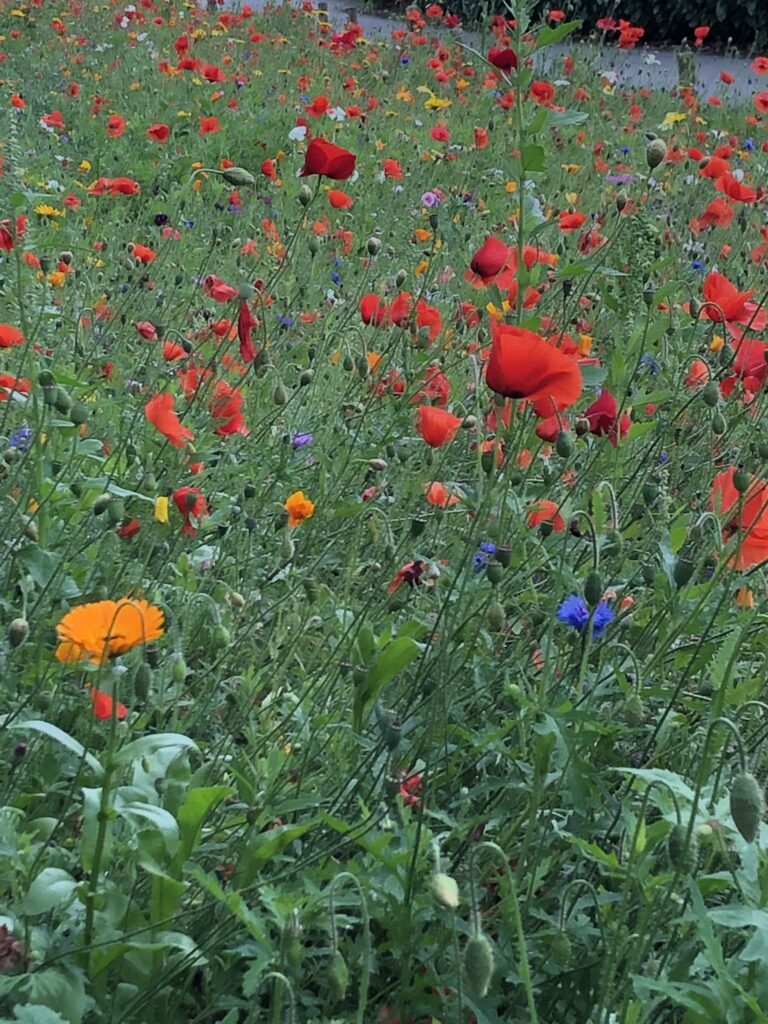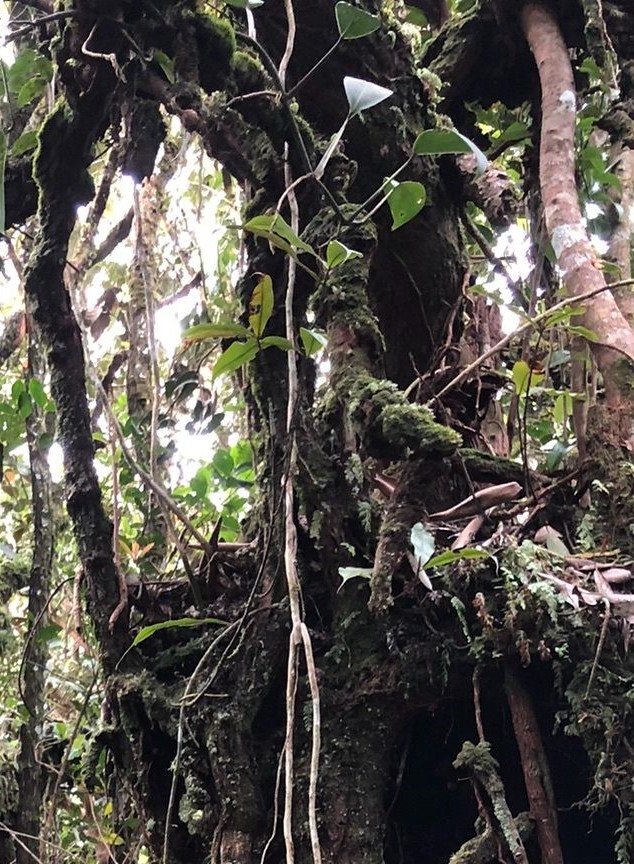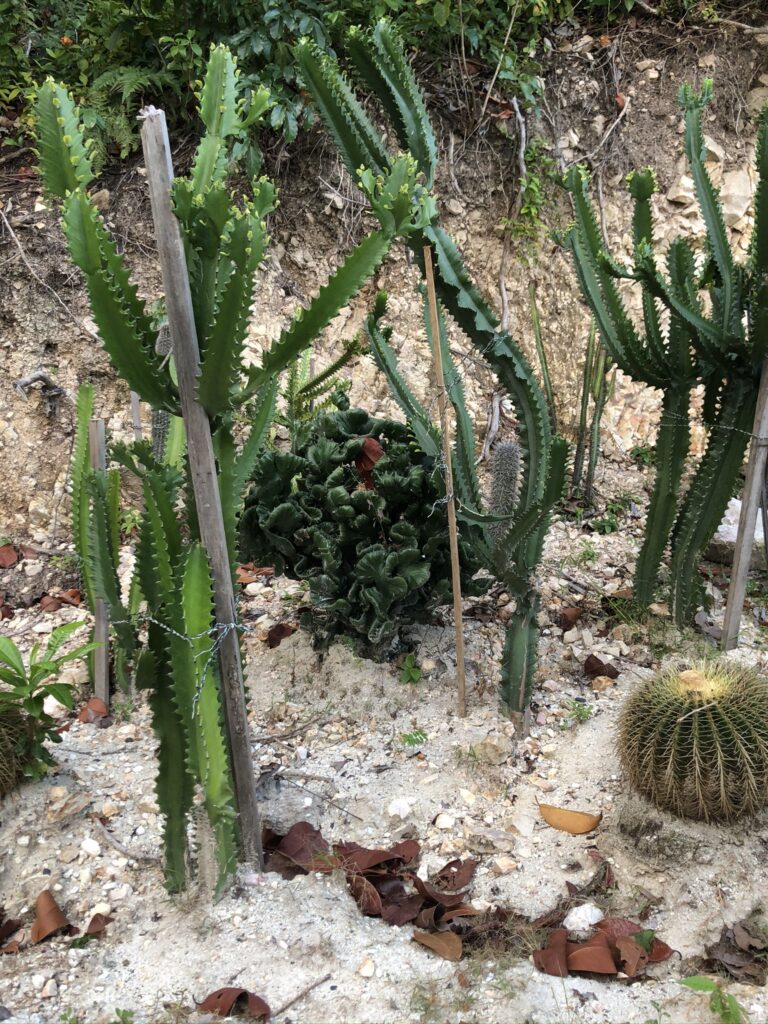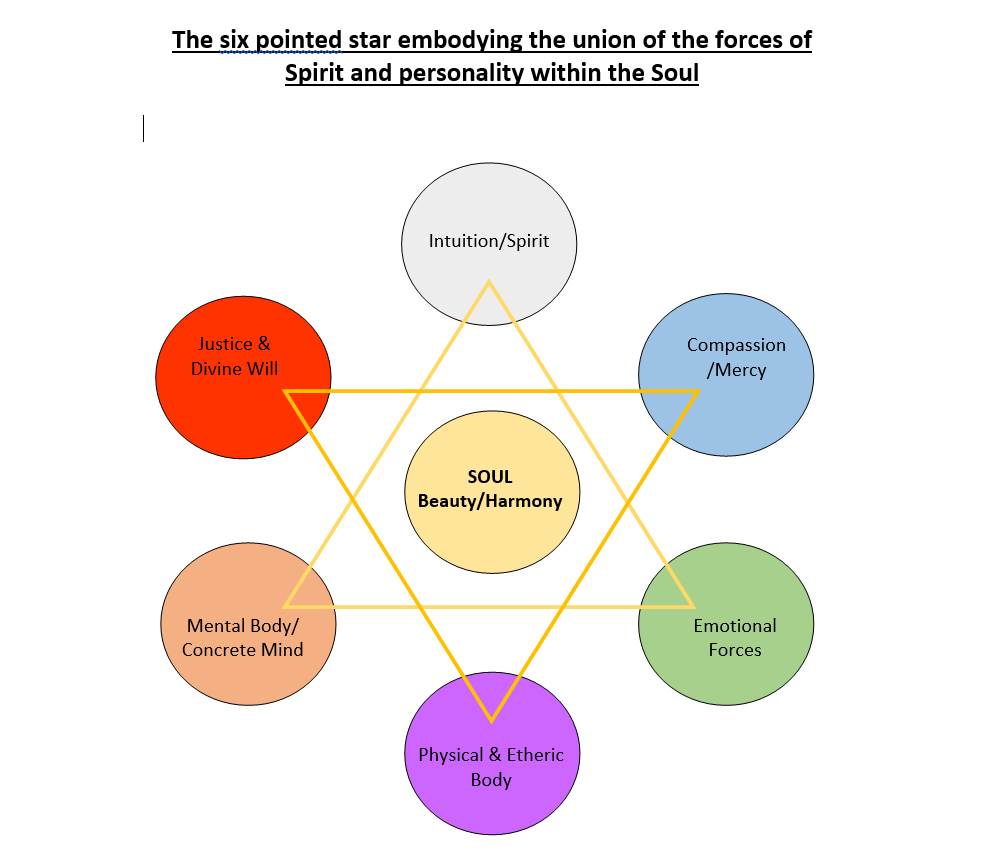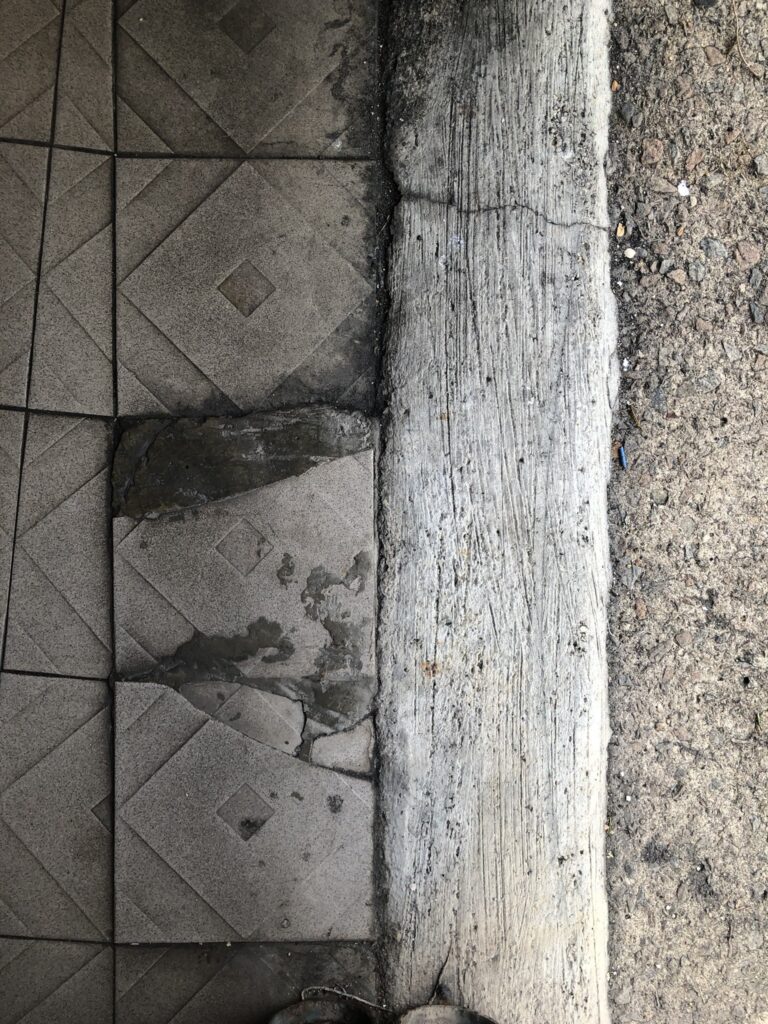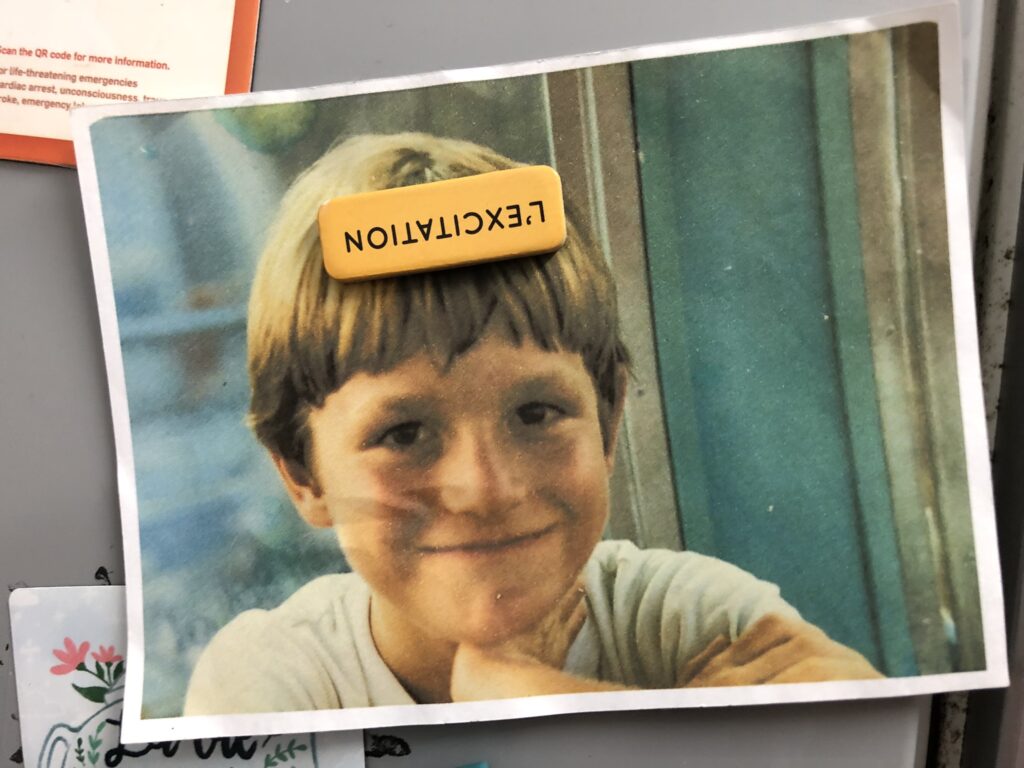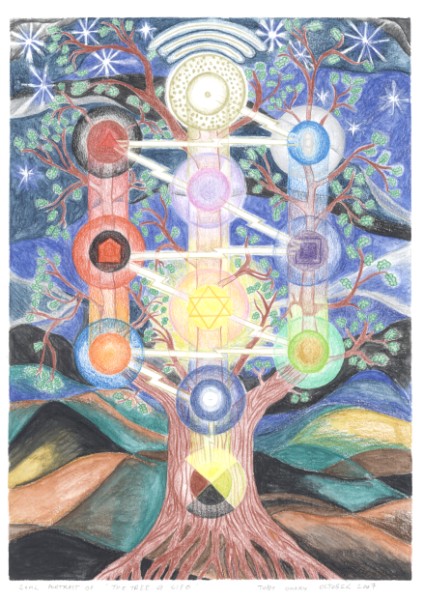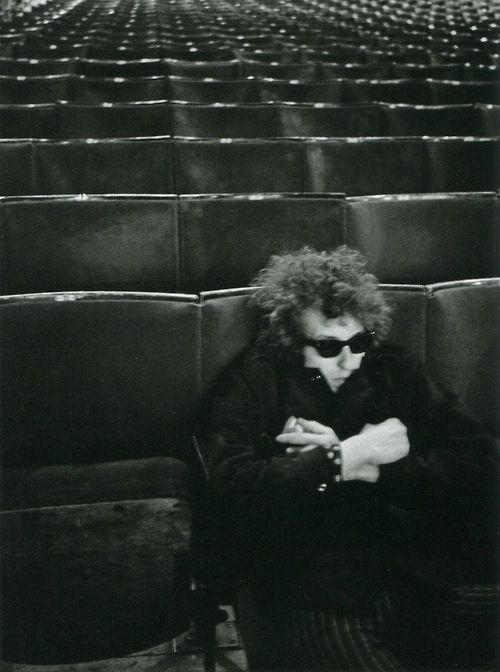“The bright child is that part of us that is ever young, ever new, ever creative, ever both innocent and wise, whose light helps us begin again each time we burn out.”
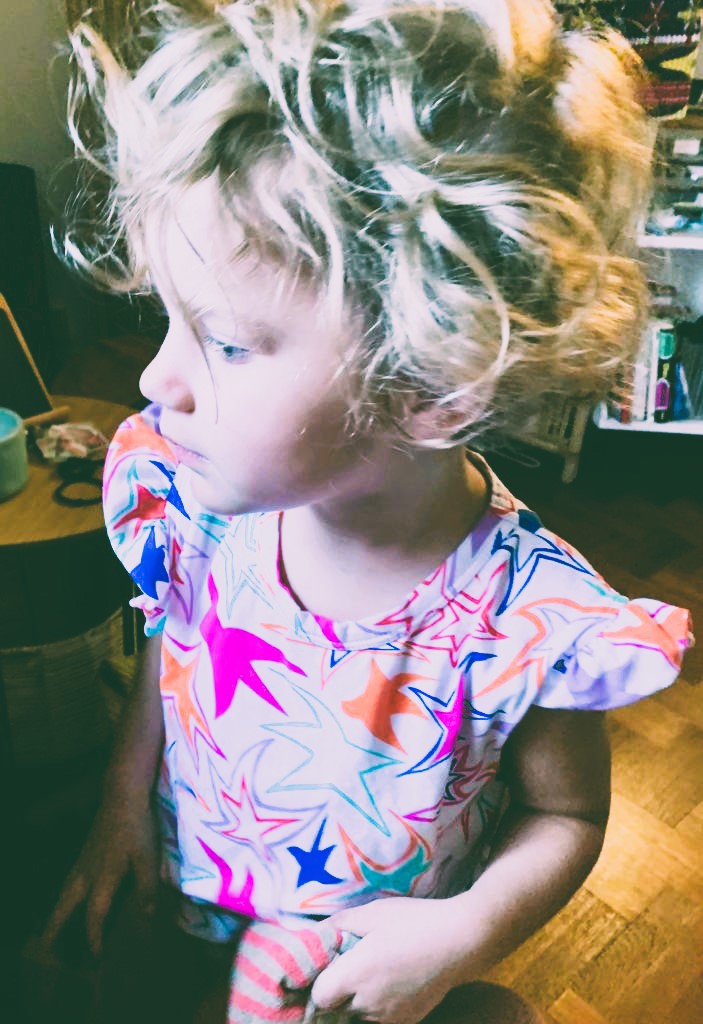
Dear Integral Meditators,
This week’s article explores the space between the psychological and the spiritual dimensions or our psyche, particularly with reference to our child-self. If you enjoy it, this weeks Tuesday & Wednesday meditation class will integrate this subject into the session, and the Masterclass on 9th December is focused on Working with your bright shadow.
The Integral Meditation Two Day Retreat at the end of this month is implicitly a deep dive into the state of the ‘Spiritual Child’ mentioned in the article.
In the spirit of the Bright Child,
Toby
Meditating on the Bright Child within you
Normally when we think of inner child work, we think of the psychological level of things; ‘healing’ our wounded inner child, recovering the playfulness we had as a child but forgot, and so on. Psychological practices like this refer to the child-in-time that we were, meaning:
‘The historical child, that is the child within us whose character has been shaped and informed by our own literal historical upbringing; experience with parents, peers, and other significant others, what happened to us in school, how we were treated and learned to gain approval and so on. The child within us now that is a product of our personal historical experience, and our response to that.’ (see my previous article on ‘Meditating with the child self’)
The below here offers a complementary practise, where the focus is on connecting to our Spiritual, and Archetypal/Soul level or ‘Bright child’.
Your ‘Spiritual Child’
You might call your Spiritual Child the ‘Eternal’ or ‘Ever-New’ Self. It is our essential nature, outside of the world of form and time. You can find it in meditation in the following way:
Observing your field of consciousness, notice three domains:
- Firstly, your body and senses in time and space, gradually getting older.
- Secondly, your mind and thoughts, also thinking and feeling according to your unfolding story in time and space, as you (as a body-mind) get older.
- Thirdly, there is consciousness itself, and the ‘simple feeling of being’ that it gives rise to. This experience is formless, timeless and ever-new, arising pristine and bright in each moment.
This third domain of consciousness itself, and the simple feeling of being, is what we are referring to as our ever-young, ‘Spiritual Child’. To meditate on the simple feeling of being is to connect, and to be fed and renewed by our inner Spiritual Child. This is a meditation we can do and continue to deepen over a lifetime.
Your Archetypal, or ‘Bright Child’
Having connected to your Spiritual Child as above, you can then set an intention to meet your ‘Soul-level’ child, or bright child. You can do this through visualization. If you imagine yourself in a landscape, and then imagine your ‘Bright child’ comes to meet you. S/he would look very much like yourself as a young child, but when you see her, you see that she is bright, beautiful, happy, untouched by your past traumas as an historical child. As I mention in my child-self article, the bright child is “That part of us that is ever young, ever new, ever creative, ever both innocent and wise, whose light helps us begin again each time we burn out.”
When you spend time with her you can:
- Observe the states of mind, perspectives & somatic sensations that arise when you are in contact with her
- Talk to her and troubleshoot challenges you have in your life, as well as derive inspiration
- Practice being her, now, and embodying her energy
These practices are great to do as meditations by themselves, but they are also valuable to do in combination with the often-difficult work of healing our historical inner-child of their past wounds and burdens from this life. Contacting the wounded child in the context of knowing the child within you that is already in perfect health makes it much easier to face the pain, and less arduous.
Related articles: Meditating with the child self
Your shadow child
Progressively recovering your joie de vivre (Meditating with your inner child)
Article content © Toby Ouvry & Integral Meditation Asia 2023. you are welcome to share, but please cite the source, thanks! Contact info@tobyouvry.com
In case you missed it: The body is in you – How to go into deep meditation quickly
The deepest level of meditation is what is known as Non-Dual meditation. It is the state of meditation where, essentially the subject-object divide within consciousness collapses into ‘One Taste’ or the simple, essential unity of being.
One way to achieve this is what you might call ‘progressive witnessing’, where you realize that you are not any of the objects in your consciousness, rather you are the witness of them. You do this until you realize the Essential I, the I-I, the pure consciousness that is the witness. It would go something like this…read full article
Integral Meditation Asia
Online Courses * 1:1 Coaching * Books * Live Workshops * Corporate Mindfulness Training *Life-Coaching * Meditation Technology
